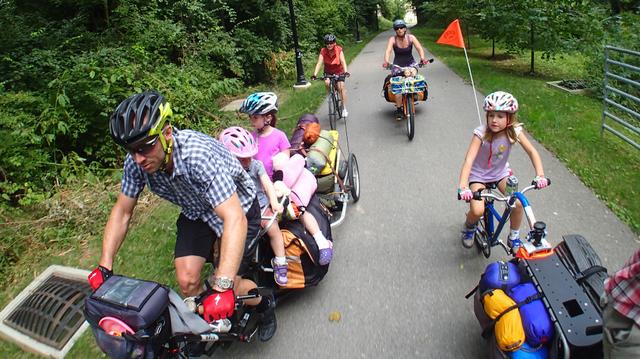Parks Articles
Parks For Kids In The UK
Parks in the UK have evolved significantly since their inception in the Victorian era, beginning around 1830-1880. Originally birthed from a social reform movement aimed at improving living conditions in urban areas, these green spaces provided a breath of fresh air amidst the burgeoning industrial cities. Birkenhead Park in Liverpool, which opened its gates in 1847, marked the dawn of public parks in the country, setting a precedent for the creation of accessible, communal outdoor areas. Today, the UK boasts over 27,000 parks and gardens, each offering its unique landscape and opportunities for children and families to engage with nature and community life.
Managed by a mix of local authorities, charities, and community groups, these parks are vital components of urban and rural communities alike. From sprawling estates with historical significance to small, community-focused green spaces, parks across the UK vary greatly in size, design, and the amenities they offer. These spaces play a crucial role in community cohesion, providing a venue where children can play and families can spend quality time together.
Despite their varied histories and backgrounds, all parks share a common purpose: to offer a sanctuary from the often hectic urban environment. As cities continue to grow and the need for safe, accessible outdoor areas increases, parks will remain integral to community wellness and childhood development. This steadfast component of British life not only reflects the historical and cultural evolution of the country but continues to adapt and thrive in the face of modern challenges and changing public needs.
The Benefits of Parks
Parks present a vibrant venue for encouraging a holistic approach to children's health in the UK. By allowing children to engage in free play and structured sports, parks play a pivotal role in maintaining healthy physical conditions among the young. Activities like cycling, soccer, and simple running around not only foster cardiovascular fitness but are integral in stemming the concerns of childhood obesity. Beyond physical wellness, parks serve as natural oases that significantly bolster the immune systems of children. The exposure to varied environments found in parks can decrease the likelihood of future allergies and asthma.
Moreover, the serene ambiance of parks is instrumental in reducing stress and anxiety, contributing positively to the mental wellbeing of children. This relaxed environment allows them time to unwind and enjoy being children away from structured settings. Socially, parks are invaluable. They are arenas where children mingle and foster friendships, enhancing their social skills and encouraging effective communication. Every park visit is subtly layered with learning opportunities whether through organised games or spontaneous play which are essential for holistic child development. Each visit enriches a child with vital life skills, making parks indispensable to their overall development and health.
FAQs
Q: What makes parks in the UK a vital part of children’s development?
A: Parks in the UK play a crucial role in children’s development by providing a safe and natural environment where they can stay active, develop social skills, and learn through exploration. Regular visits to parks not only support physical health through activities like sports and cycling but also foster social interactions, boosting mental wellbeing and emotional growth.
Q: How can parents ensure their children's safety while they play in the park?
A: Parents can ensure their children’s safety by supervising them closely, especially younger kids. It’s important to choose parks with appropriate facilities, like safe play equipment and enclosed play areas. Additionally, checking for the latest safety inspections and guidelines issued by the local authorities or park management can help in maintaining a secure environment.
Q: What should I look for in a park to make sure it's suitable for my child?
A: When choosing a park, look for well-maintained facilities suitable for your child's age and interests. Good signage, secure fencing, and clean surroundings are indicators of a well-kept park. Facilities like playgrounds, biking paths, and sports courts offer various options for physical activities. Also, consider parks that have amenities, such as toilets and water fountains.
Q: Can parks in the UK accommodate children with disabilities?
A: Many parks in the UK are designed to be inclusive and accommodate children with disabilities. These parks usually have wheelchair-accessible paths, sensory gardens, and adapted playground equipment. Before visiting, it's advisable to check the specific facilities offered at the park to ensure they meet your child’s needs.
Q: Are there educational programmes available for kids in UK parks?
A: Yes, several parks in the UK offer educational programmes that include nature walks, wildlife spotting tours, and environmental workshops. These programmes are designed to instil a deeper understanding and appreciation of the natural world, encouraging children to learn about biodiversity and the environment in an interactive setting.









